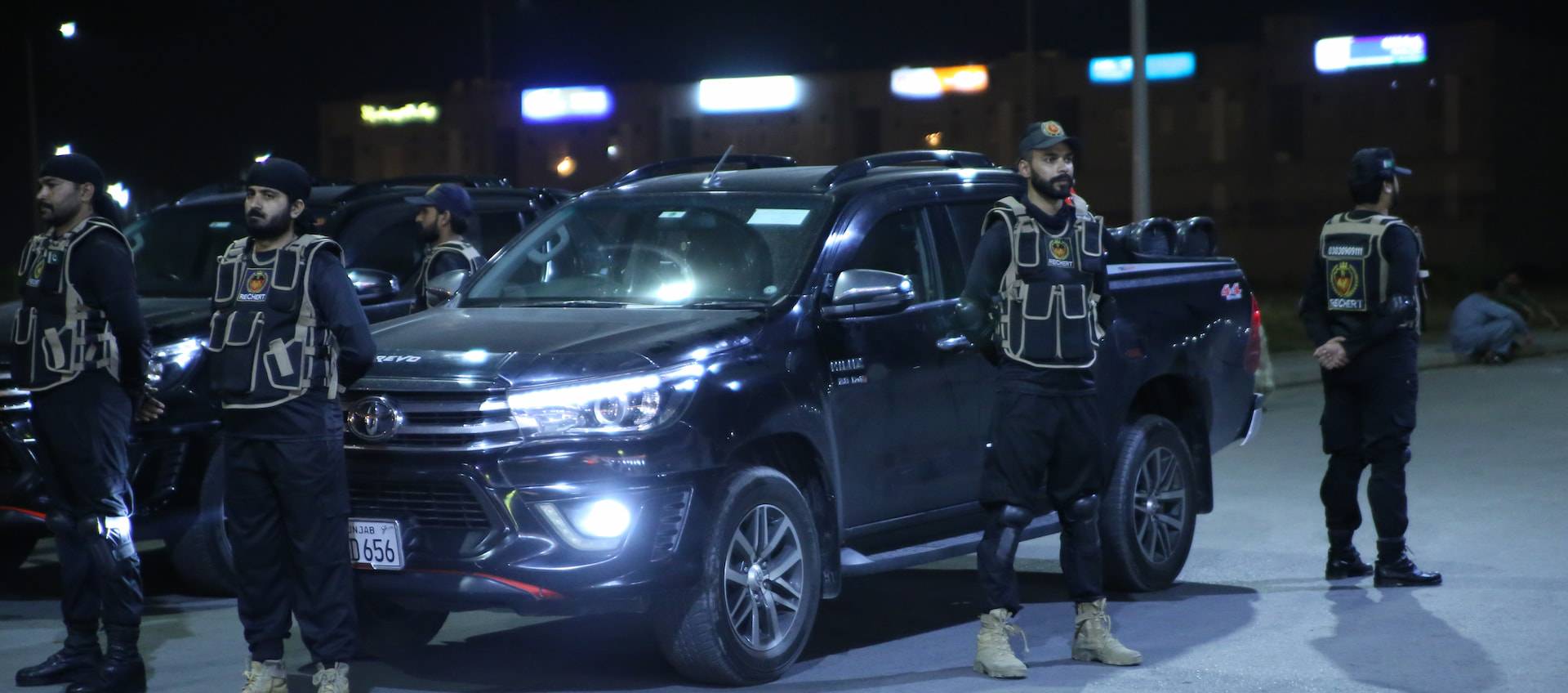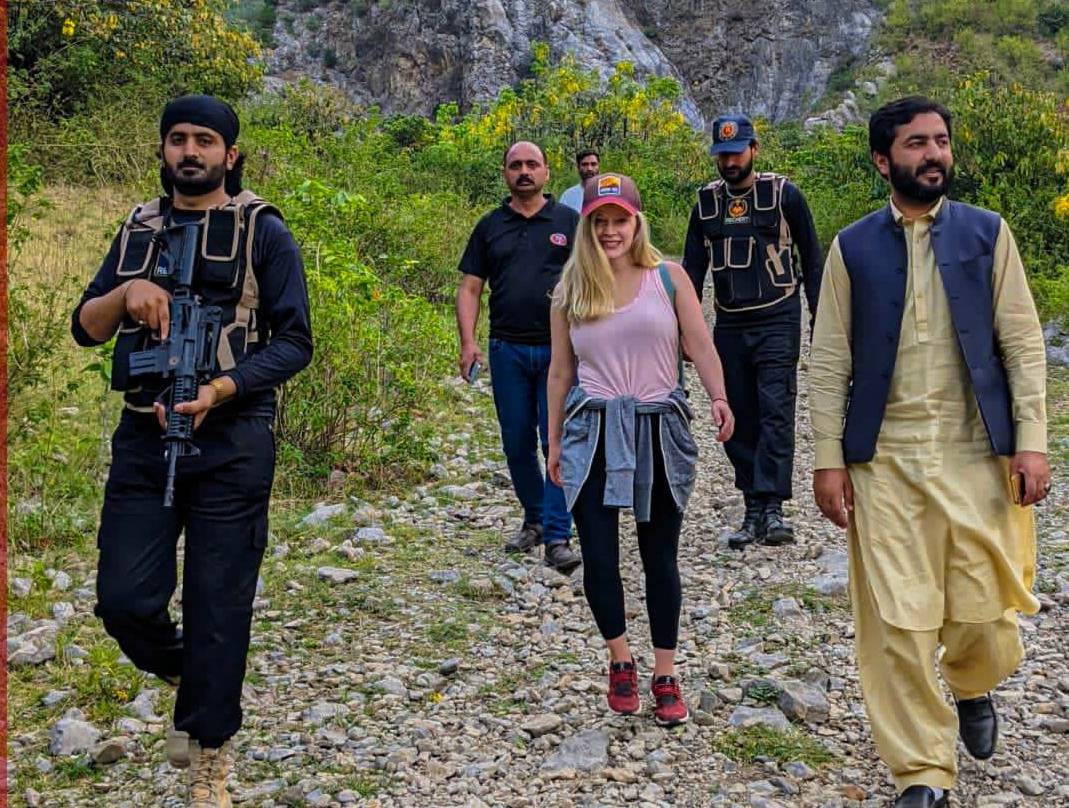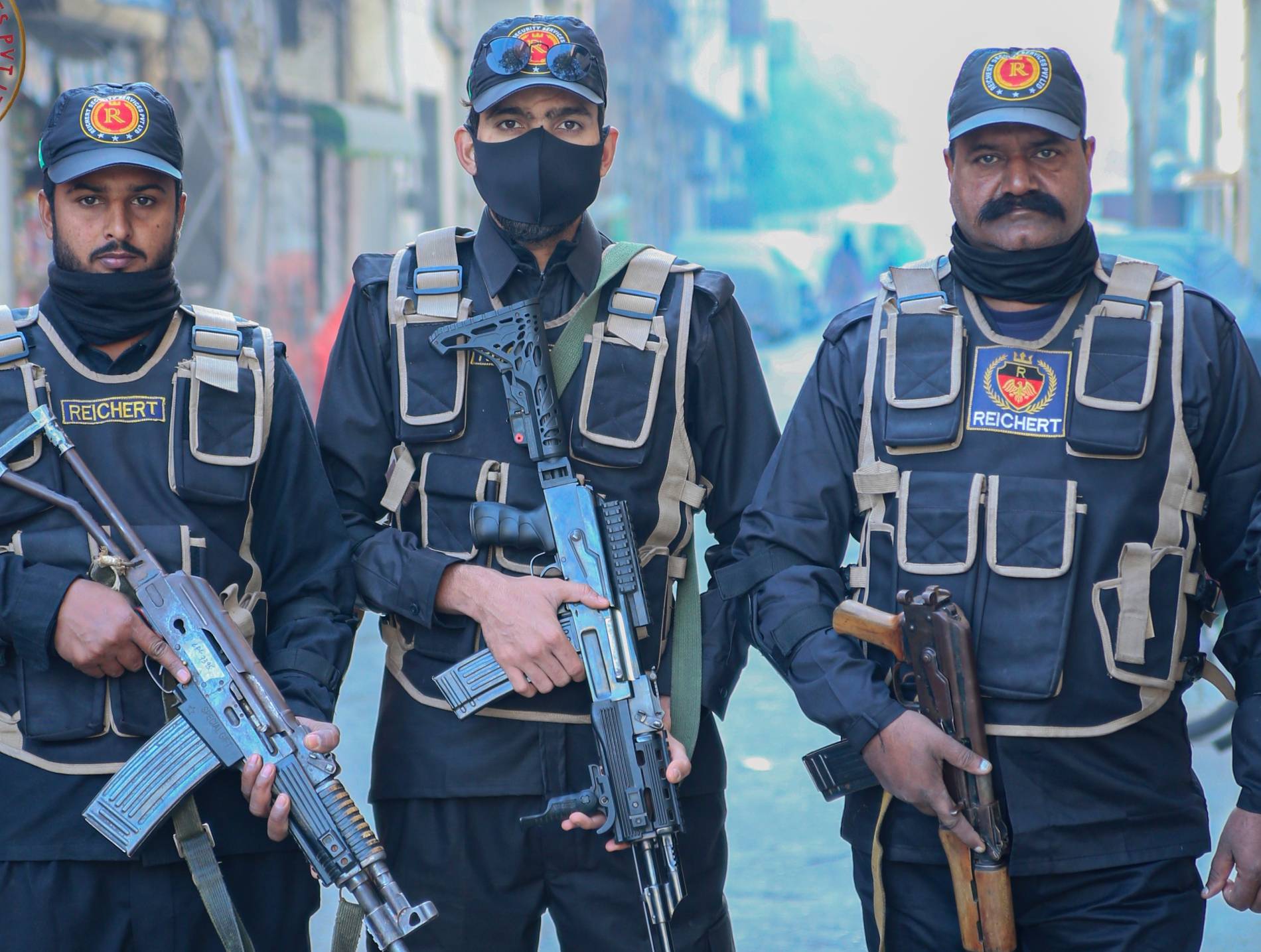Panama Country Report
Panama is located at the crossroads of Latin America and is one of the most successful countries in Latin America in terms of economic development. It controls the Panama Canal, the only artificial link between the Atlantic and Pacific oceans, making it a vital part of the shipping and tourism industry. Its biodiversity further enhances its strong tourism sector, which is complemented by a financial sector led by Panama City, one of Latin America’s leading banking and commercial cities. But the country, often criticized as a tax haven in the past, is still grappling with how to distribute its relative prosperity more equally among its citizens. Corruption is also a constant problem within the government.
The main danger when traveling to Panama is opportunistic crime, especially in Panama City. Only those traveling to inaccessible areas of the Darien region and the Mosquito Coast are at serious and continuing risk of violent crime. Although the country is generally too far south to be affected by typhoons, earthquakes are still somewhat frequent and flooding can occur frequently during the rainy season.
Last updated: April 12, 2022
Security
There is no risk of conflict in Panama. Crime is low by Latin American standards, but still high compared to most of Europe and North America. The Darien border region is particularly known for high levels of illegal activity. Although there are concerns about money laundering, there is no significant risk of terrorist attacks occurring in Panama. The country occasionally sees protests over various issues, but most of them are generally non-violent.
Last updated: May 9, 2022
Infrastructure
Air travel to and from Panama is considered safe. The country has become an attractive target for cyber attacks. Defenses against such attacks are considered moderate to strong, especially in the financial sector. Although Panama’s road network is well developed by Latin American standards, the quality of rural roads still varies widely. However, many parts of the country are inaccessible by vehicle. Basic services such as water, electricity, and fuel are very reliable in urban areas and generally reliable in densely populated rural areas.
Last updated: May 9, 2022
Environment
Panama’s climate is generally tropical year-round, with distinct wet and dry seasons. The country has no major humanitarian problems, but development efforts continue to raise concerns about deforestation and water pollution. Earthquakes occur frequently in Panama. Most are moderate, but some can be severe. Although the country is largely unaffected by organized tropical activity, it still experiences heavy rainfall every year.
Last updated: March 16, 2022
Health and Medical
Mosquito-borne diseases, including yellow fever, are a major uncommon epidemiological concern in this country. Panama City has high-quality medical facilities and other metropolitan areas have acceptable medical infrastructure. Regional changes will be even greater. All major medicines are available in urban areas. Drug availability varies in sparsely populated areas. Tap water is considered safe for drinking only in metropolitan cities and other urban areas.
Last updated: November 24, 2021
Political
Despite high indicators of governance and economic development, corruption remains alarmingly high. Panama’s record on the rule of law is mixed, with particular problems related to corruption and illegal practices in the state. However, Panama’s democracy and governance are generally considered strong. Sanctions are a potential concern for Panama, but not right now.
Last updated: March 28, 2022















